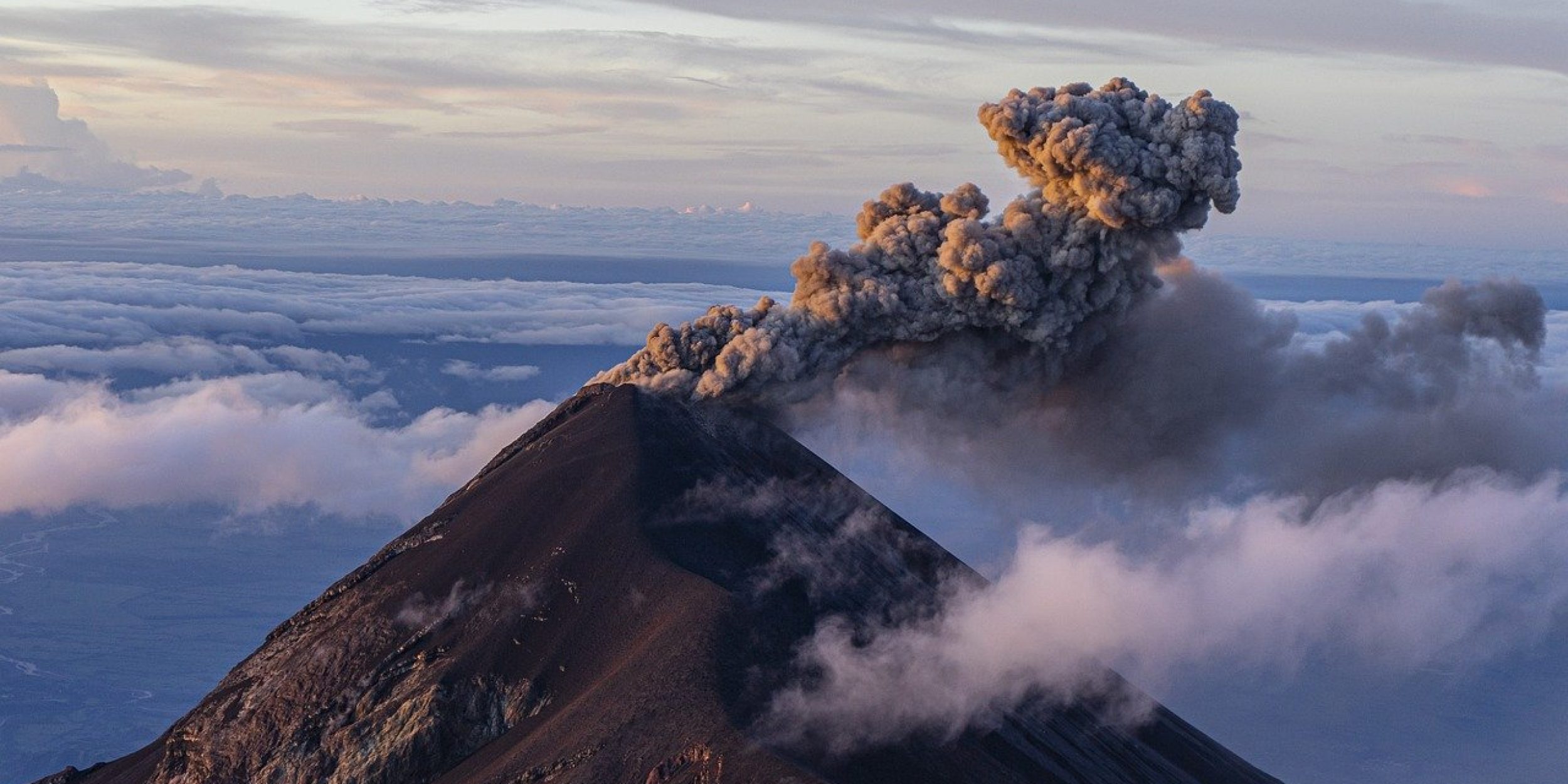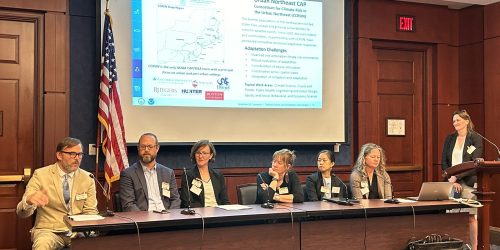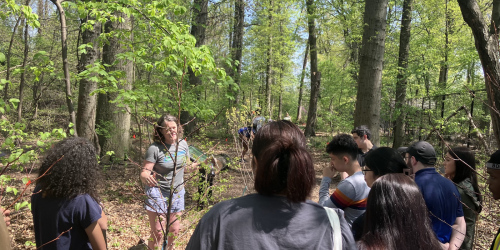Volcanic eruptions can produce a powerful natural cooling effect on Earth’s climate by spewing particles into the stratosphere, forming a reflective veil that bounces sunlight back into space, reducing the heat that reaches our planet’s surface. The idea that technology could mimic this volcanic cooling effect, known as Stratospheric Aerosol Injection (SAI), involves spraying sulfur dioxide or other substances into the stratosphere to reflect sunlight away from Earth. However, the likely coincidence of natural volcanic eruptions during such technological interventions poses significant challenges and risks. In a new study published in Geophysical Research Letters, scientists explored how to adjust these interventions dynamically in response to volcanic eruptions to mitigate potential negative impacts on climate like abrupt cooling or abnormal precipitation patterns. This research is critical as it investigates potential connectivity between artificial and natural influences on our planet’s climate system.
Researchers from Cornell University and Indiana University used Earth System Model simulations to test different strategies for adjusting sulfur dioxide injections following a volcanic eruption. The findings suggest that suspending injections entirely or only in the hemisphere of the eruption can effectively manage the temperature and water cycle impacts, such as shifts in tropical rainfall, which can lead to drought. These strategies are effective for medium-sized eruptions similar in scale to the SAI rates but become less effective if eruptions are larger. The Climate Program Office’s Earth’s Radiation Budget (ERB) Program, the competitive research component of NOAA’s larger solar radiation modification research initiative, supported Indiana University’s Ben Kravitz on this project to improve the model representation of aerosols and their potential roles in solar radiation management. This modeling work provides actionable steps for real-time management of SAI in the event of an eruption, contributing to a nuanced understanding of how climate intervention strategies and natural systems might interact. The next steps are to refine these strategies and develop better predictive models to ensure that if SAI is implemented in the future, it can be adjusted dynamically to minimize risks to Earth’s climate and human populations.
For more information, contact Clara Deck.
Image credit: Pixabay










